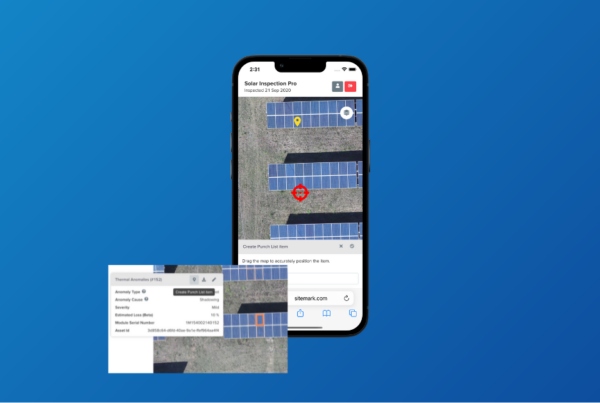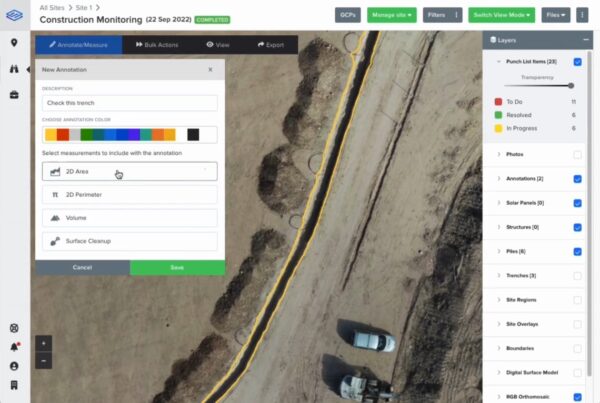At Sitemark, we often hear from construction stakeholders about the challenges they face in providing the necessary safeguards to protect their workforce. Health and Safety Executive (HSE) reports that construction is Britain’s deadliest industry. HSE shows that 21.9% of all construction fatalities in 2016/17 were due to issues related to the ‘fatal four’ — fall, struck by, caught in between, and electrocution. Similarly, in the US, one 2016 government study found that 21% of the 991 workplace fatalities were in the construction industry.
To remedy this, we now have the ability to use new technologies such as drones to enhance the safety of construction sites. This blog will explain how drones can improve the dangerous situations found at construction sites.
It is a common belief that fatal accidents on construction sites are inevitable, especially in mega projects where thousands of parallel activities are taking place simultaneously. However, the construction industry is far behind in adopting available life-saving technologies due to several constraints as well as the dynamic nature of construction sites.
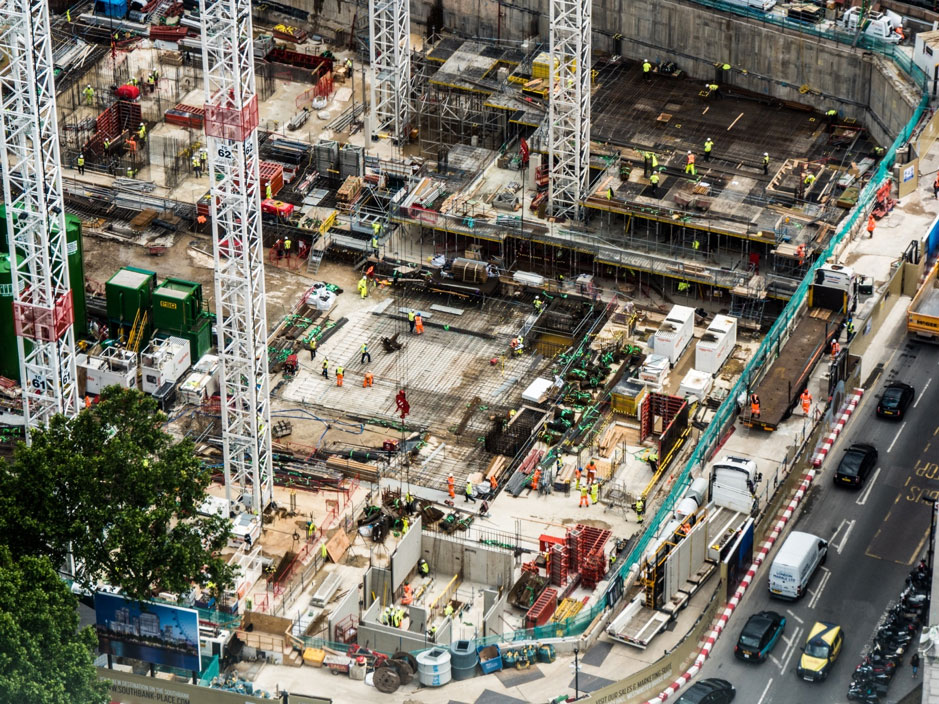
As an industry, construction is experiencing a technological shift across all dimensions, be it BIM, AI, VR and, of course, the drone.
“PwC estimated that construction businesses will invest $62.6bn in drones by 2020.”
While the danger is clear around large machinery, it can be other factors at play where you want to reduce the staff time spent on the site and keep workers out of harm’s way.
One of our commissioning engineers had a unique example at a large solar construction site in Texas. One of the main reasons they wanted to limit people in the field was they had an abundance of rattlesnakes. If the drone can capture the same inspection information from the air, why put health and safety on the line.
The first thing you see on a job site is a sign with the number of days since the last accident. And no wonder it is top of mind for construction management given the increase in liability claims, especially in the US. Worker’s compensation is for an individual who is injured on the job. They are entitled to financial benefits, regardless of fault. Workers’ compensation expenses accounted for 4.4% of employer spending in the construction industry, way more than the 1.8% in manufacturing or 1.3% in the services sectors.
Other input from our Surveyor friends confirmed the opinion that every hour a surveyor is off the site, the better for safety. There are too many moving parts to keep track of and site visitors don’t always know what to be aware of. It is not uncommon for surveyors to accidentally be locked on a site because they were forgotten about. Fewer people on the site result in altogether less risk.
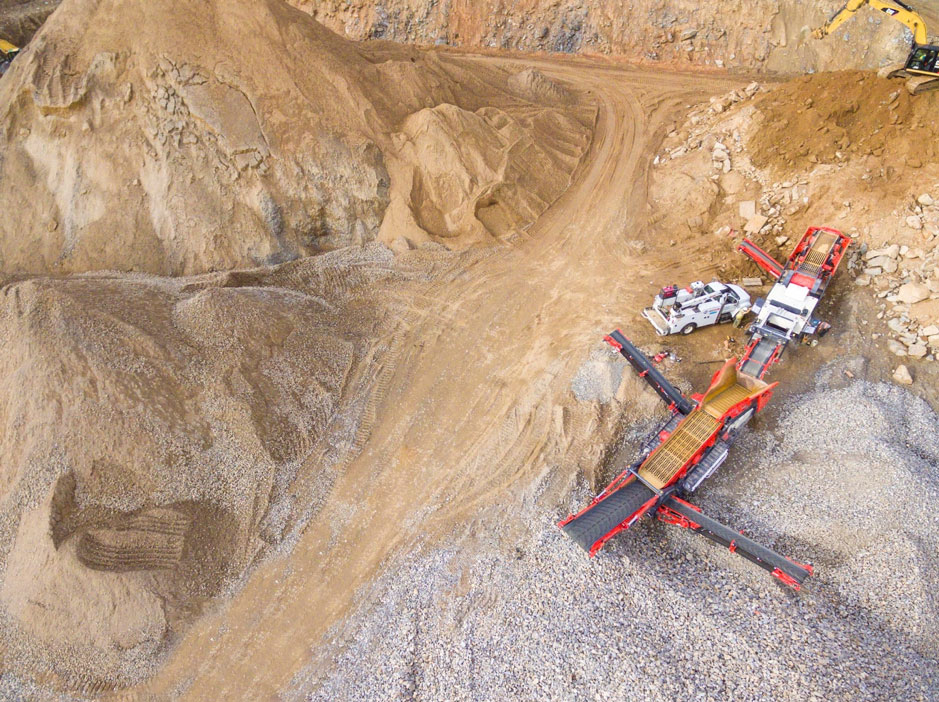
The most common accidents on construction sites are fall and struck-by hazards through lack of visibility such as blind spots. Partial solutions to these problems can be provided by sensors, cameras and communication devices. However, construction actors are finding that drones and the aerial intelligence they gather not only provide important operational insights, but have an impact on safety too. Drones have the ability to carry a variety of technologies on them, items such as video cameras, sensors, radar and communication hardware. Also, drones can move faster, safer and at a lower cost, compared to human intervention.
Some of the situations in which drones have helped reduce the risk of accidents include:
– working in the proximity of boomed vehicles or cranes
– working near an unprotected edge or opening
– working in the blind spot of heavy equipment
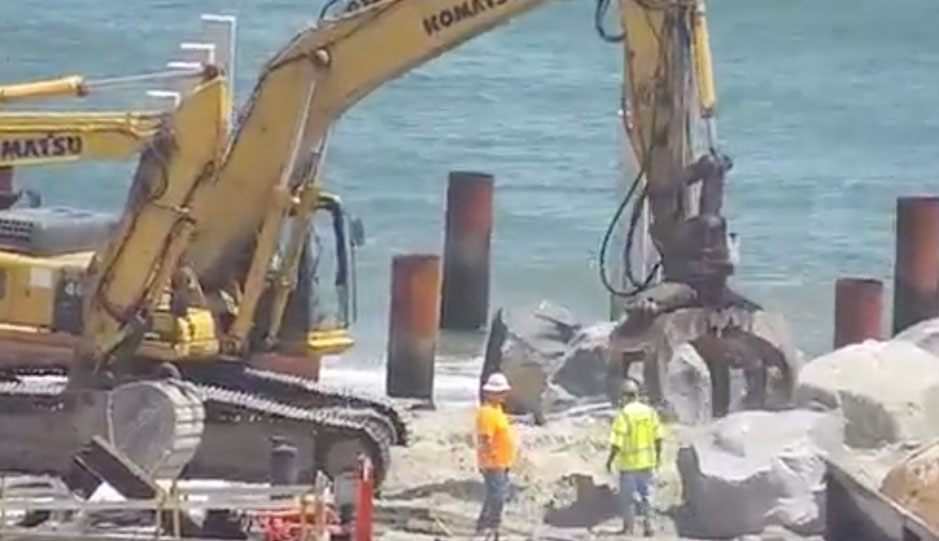
And incorporating drones into your site doesn’t have to be complicated. The most important feature to reduce risk is real-time video and communication. The drone can function as an extra set of eyes in all directions to inspect people and machines on the site. In addition, outdoor navigation and sense-and-avoid capabilities are critical features brought to the construction site by drones. Aerial data helps those on-site have the ability to:
– identify objects and edges in the vicinity of vehicles to avoid collisions and accidents
– as well as conduct the inspection of high structures and rooftops without placing workers at risk.
Using drones on construction sites can have a significant impact on safety for the construction industry. The extra set of eyes-in-the-sky makes several dangerous processes on the construction site easier, faster and safer. Check out the possibilities with Sitemark to see how we can improve your site safety.



